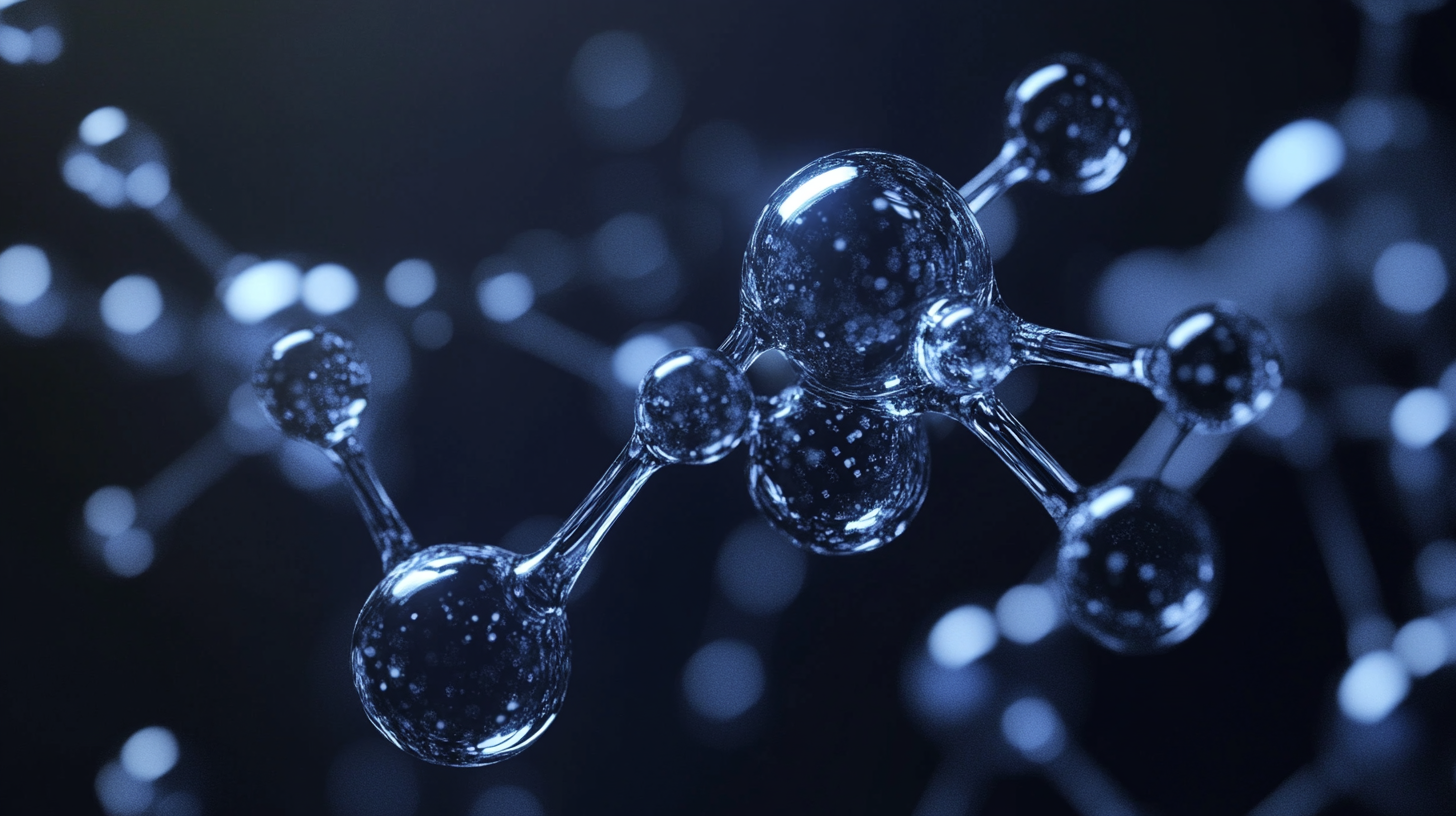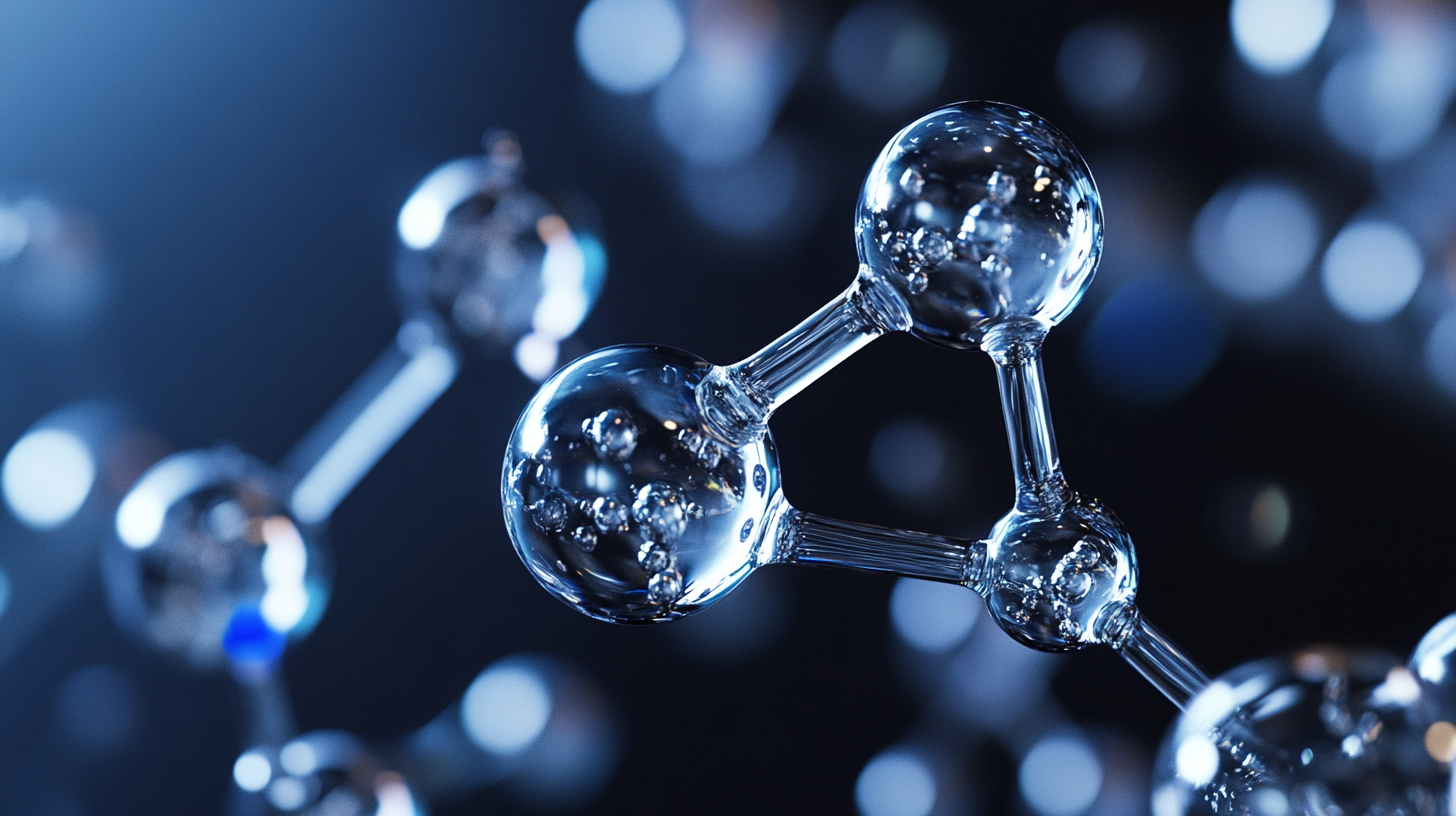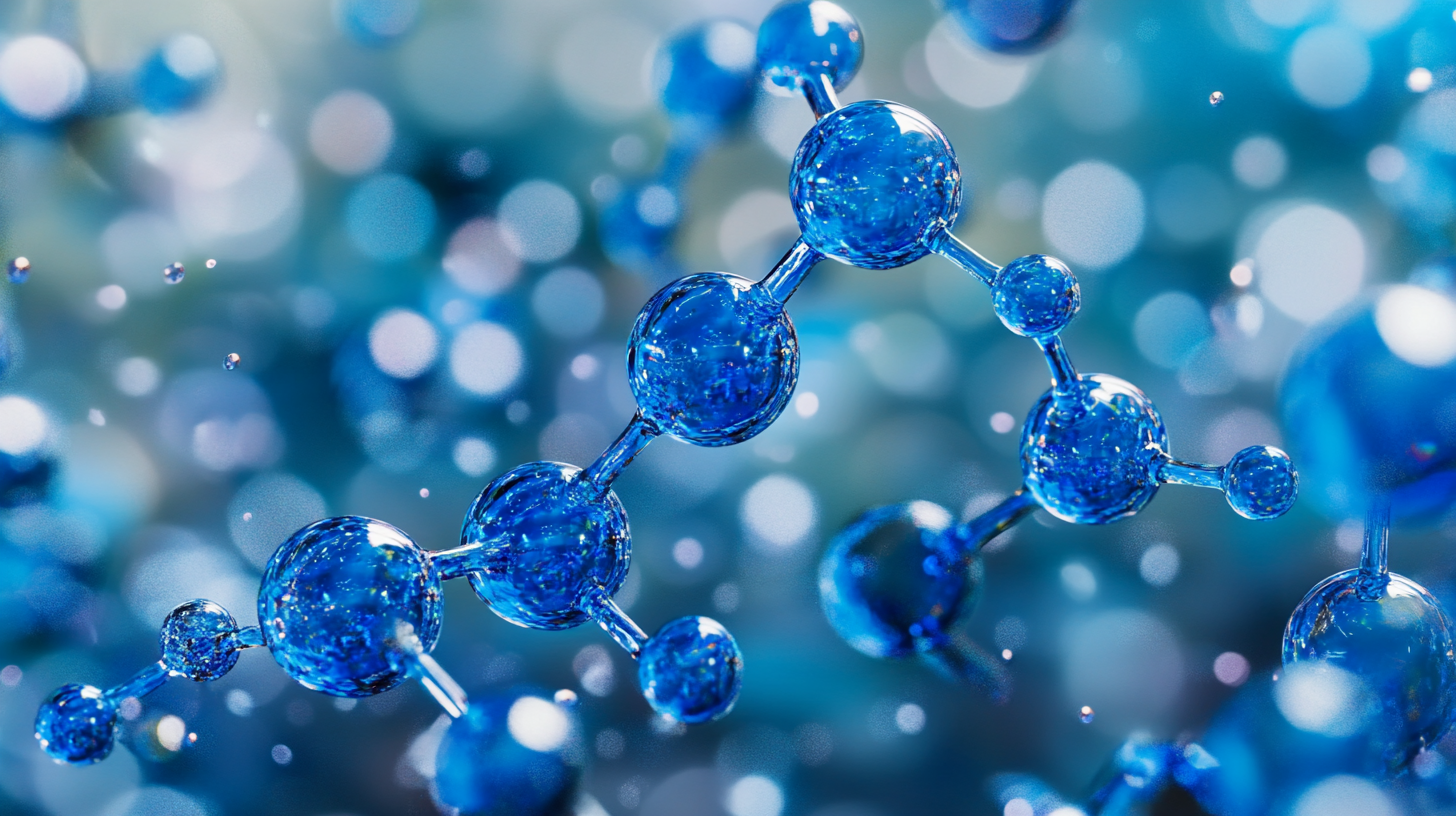Best Nitrile Butadiene Rubber Performance Comparison Against Alternative Compounds
In the quest for optimal performance in industrial applications, Nitrile Butadiene Rubber (NBR) stands out as a leading choice due to its exceptional resistance to oil, chemicals, and heat—key attributes that have positioned it prominently in markets such as automotive, aerospace, and manufacturing. According to a report by MarketsandMarkets, the global NBR market is projected to reach USD 2.8 billion by 2026, underscoring the material's growing significance. This performance comparison not only sheds light on NBR's superior qualities against popular alternatives like natural rubber and styrene-butadiene rubber but also highlights its versatile applications in gaskets, seals, and hoses. By meticulously evaluating the properties and functionality of Nitrile Butadiene Rubber in contrast to other compounds, this blog aims to provide professionals with a concise checklist that aids in decision-making for material selection.

Comparison of Nitrile Butadiene Rubber (NBR) to Alternative Compounds in Performance Metrics
When evaluating the performance characteristics of Nitrile Butadiene Rubber (NBR), it's essential to compare it against alternative compounds to understand its advantages and limitations. NBR is known for its excellent oil and chemical resistance, making it a preferred choice in various industries, including automotive and industrial applications. Its ability to withstand high temperatures and mechanical stresses enhances its durability, thus ensuring longer service life in demanding environments.
In contrast, other elastomers such as Natural Rubber (NR) or Styrene-Butadiene Rubber (SBR) may excel in flexibility and tensile strength but often fall short in oil resistance. For example, while NR provides a higher elasticity, it can degrade quickly when exposed to hydrocarbons, limiting its application scope. Similarly, SBR, though cost-effective and easy to process, does not match NBR in oil resistance. Understanding these performance metrics helps industries make informed material choices tailored to specific application needs, optimizing both safety and efficiency.

Evaluating the Durability and Chemical Resistance of NBR vs. Competing Elastomers
When evaluating elastomers for industrial applications, the chemical resistance and durability of Nitrile Butadiene Rubber (NBR) set a high standard that competing compounds struggle to match. NBR is known for its exceptional resistance to a wide range of chemicals, including oils, fuels, and solvents, making it a go-to choice for industries like automotive and aerospace. This performance is largely attributed to its unique composition, which allows it to maintain integrity even in harsh environments, thereby extending service life and reducing the frequency of replacements.

In comparison, alternative elastomers such as EPDM and neoprene may excel in certain areas, like weather resistance, but often fall short when faced with aggressive chemicals. While EPDM offers excellent ozone resistance, it does not possess the same oil and fuel resistance as NBR. Neoprene, on the other hand, can handle some exposure to oils but typically degrades faster compared to NBR under prolonged contact.
As businesses increasingly seek materials that not only perform under pressure but also contribute to a sustainable lifecycle, the robust properties of NBR make it a preferred option for many applications, proving its worth against competing elastomers.
Cost-Effectiveness Analysis: NBR Performance vs. Natural Rubber and Other Synthetic Compounds
When it comes to cost-effectiveness in rubber applications, Nitrile Butadiene Rubber (NBR) stands out as a superior option compared to natural rubber and other synthetic compounds. NBR's unique formulation offers excellent resistance to oils and chemicals, making it an ideal choice for industries that require durability and performance under harsh conditions. Despite its higher initial cost compared to natural rubber, the long-term savings achieved through reduced maintenance and replacement costs can significantly offset this investment.
A comparative analysis reveals that while natural rubber is known for its elasticity and strength, it falls short in environments where exposure to aggressive chemicals is prevalent. On the other hand, many synthetic alternatives may compete on price but often lack the comprehensive performance profile that NBR provides.
NBR not only excels in resistance to wear and tear but also has a longer lifespan, making it a more cost-effective solution in the long run. Businesses that prioritize performance and reliability in their supply chains will find that the advantages of selecting NBR far outweigh the costs.
Thermal Stability and Aging Resistance: A Closer Look at NBR Versus Alternatives
When it comes to rubber materials used in demanding environments, nitrile butadiene rubber (NBR) stands out due to its exceptional thermal stability and aging resistance. These properties are crucial, especially in applications such as automotive seals and gaskets, where exposure to heat and various chemicals can degrade less robust compounds. NBR can maintain its elasticity and structural integrity over extended periods, even under fluctuating temperatures, making it a superior choice for manufacturers seeking reliable performance.
In contrast, many alternative compounds, such as natural rubber and neoprene, often struggle to match NBR's longevity and resistance to aging. Natural rubber, while providing good flexibility, can suffer from deterioration when exposed to oil and heat. Neoprene, though versatile, tends to exhibit reduced thermal stability under extreme conditions. Thus, for applications that demand resilience against thermal degradation and aging, NBR emerges as the frontrunner, offering peace of mind and low maintenance over the product's lifecycle. Its ability to withstand tough environmental factors solidifies its position as a preferred material in industries that prioritize reliability and performance.
Thermal Stability and Aging Resistance: NBR vs Alternatives
Applications and Industry Trends: Where NBR Outperforms Other Rubber Types in Manufacturing
Nitrile Butadiene Rubber (NBR) continues to establish itself as a superior choice in various manufacturing applications, particularly when compared to alternative compounds. Its exceptional resistance to oils, chemicals, and extreme temperatures makes it invaluable in industries such as automotive, aerospace, and oil & gas. As businesses increasingly prioritize durability and performance, NBR’s ability to withstand harsh environments stands out, enabling manufacturers to enhance product longevity and operational efficiency.
Current industry trends indicate a growing demand for NBR, driven by its unique properties that outperform other rubber types. As sustainability becomes more critical, manufacturers are seeking materials that reduce environmental impact while maintaining performance standards. Enhanced formulations of NBR offer improved resistance and versatility, making it a preferred option over traditional rubber compounds. With applications ranging from seals and gaskets to hoses and belts, the versatility of NBR positions it as a key player in the evolving landscape of industrial materials. The projected expansion of markets like Aramid Fiber, set to reach USD 7.6 billion by 2028, highlights the increasing importance of high-performance materials, reinforcing NBR’s relevance in future manufacturing strategies.
Best Nitrile Butadiene Rubber Performance Comparison Against Alternative Compounds
| Rubber Type | Oil Resistance | Heat Resistance | Durability | Cost Effectiveness | Application Areas |
|---|---|---|---|---|---|
| Nitrile Butadiene Rubber (NBR) | Excellent | Good | High | Moderate | Automotive seals, hoses, gaskets |
| Natural Rubber (NR) | Fair | Poor | Moderate | High | Tires, footwear |
| Chloroprene Rubber (CR) | Good | Good | Moderate | Moderate | Belts, gaskets, electrical insulation |
| Silicone Rubber (SR) | Fair | Excellent | High | High | High-temperature applications |
| Ethylene Propylene Diene Monomer (EPDM) | Good | Excellent | High | Moderate | Roofing, automotive weather-stripping |

